Due to the pandemic most races were cancelled or postponed to 2021. It actually felt like the life in 2020 has been cancelled, if I can’t do what I love. Well, fortunately there are some people trying to find alternative race formats. With the Orbit 360 gravel series, I myself will organize one of the alternative races that are fully complied with the COVID-19 guidelines. Another race is Apidura’s #parallels24.
Over the solstice weekend (20./21.06.2020), Apidura challenged riders to ride as far as possible in a 24-hour period. Distance will be measured in a straight line between starting and finishing location. Thus, careful route planning is absolutely essential.
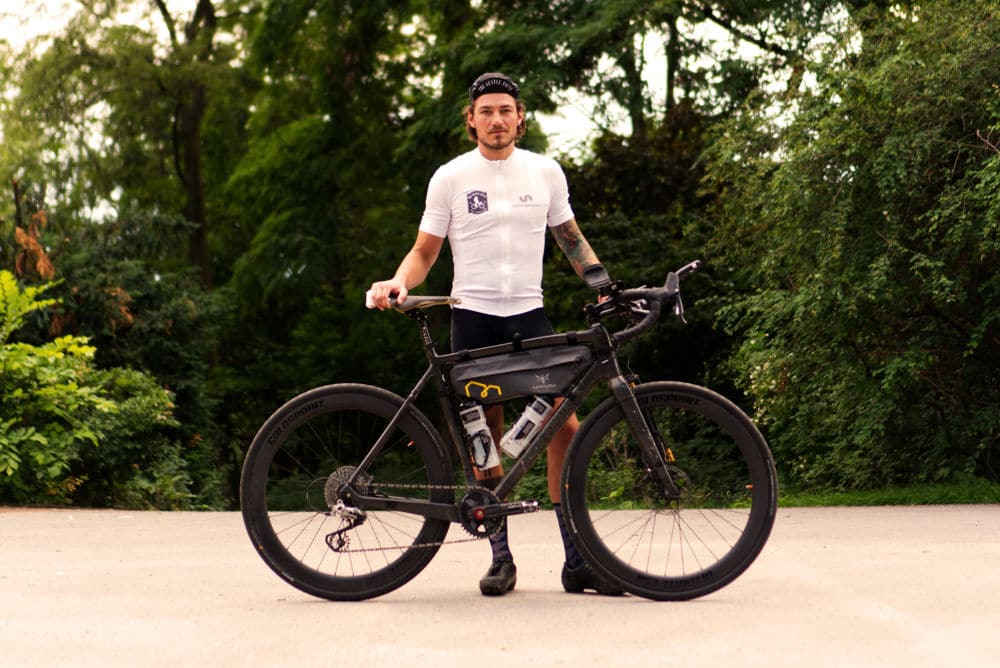
1. Rules
- The ride must take place during an uninterrupted 24-hours period during the weekend of the Summer Solstice (Northern Hemisphere). The time zone remains fixed based on the start location.
- The distance of the ride is measured “as the crow flights”, meaning only the linear distance between starting and finishing location counts. For example, your total ride is 400 km, but the straight line between start and finish is 300 km, the ride is listed as being 300 kilometres for the purpose of this challenge.
- It’s an unsupported event. No 3rd party support. No friends or family meeting you on the route. No pre-arranged support, supply drops or anything else, that does not go in line with the rules that support the spirit of unsupported races.
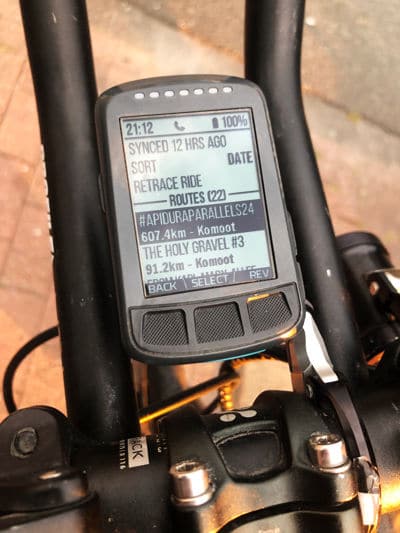
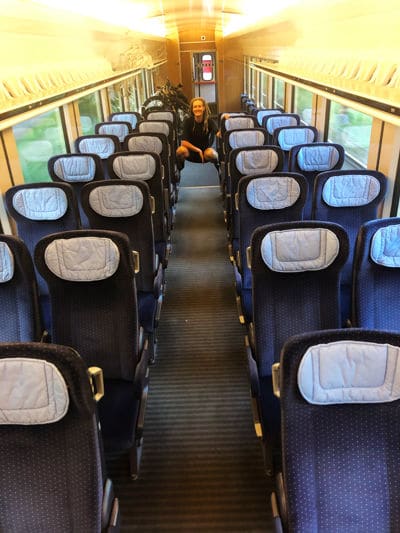
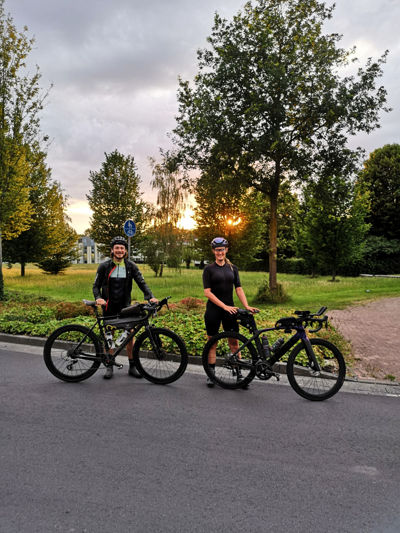
2. Before the ride
How to plan the route
a) Riding a straight line
Riding a straight line has never be a criterium in any race before. Apidura wants to challenge riders not only on the bike but also off the bike. While many races have a fixed route, there are quite a few races, where participants have to get their brevet card stamped at specific locations (checkpoints) and plan/ ride their own route. For the #parallels24 hour challenge, there are no restrictions in terms of what roads can be ridden. Based on elevation profile and wind conditions it was challenging to find a perfect straight line. My goal was to ride about 600 km; try to make this distance as straight as possible.
b) Very little climbing
As Berlin and its surroundings are super flat, this wasn’t a big issue to think about. All directions to west/ east are flat. If going south, it gets quite hilly after 300 km. Therefore, I was going to hope for horizontal wind conditions and either ride to west or east.
c) Weather
Mostly, wind is a pain in the ass. In this challenge it’s up to the rider if the wind becomes your worst enemy or your best friend. But it’s not only wind that needs to be considered in route planning (even though it can be very important). I don’t mind coldness, but I hate moisture. One week before the challenge, the weather forecast was horrifying. Rain, starting from Friday till Sunday. So I waited with the booking of the train until the very last minute.
d) Road conditions
Overall, the road conditions in Western Europe are solid. In a world where time doesn’t matter, I would have put more effort into this. But for this activity I was hoping that komoot and Ride With GPS suggested the most-rideable routes.
e) Avoid cities
Cities slow you down a lot. Too much traffic, too much strangers, too much traffic lights and too much food. Thus, I was trying to find a route far away from bigger cities.
f) COVID-19 restrictions
At the moment, not all regions were open for touristic reasons. The trains in the Netherland didn’t accept bikes, same in Poland, Bavaria just opened in the very last minute. As I didn’t want to ride south (because of the “mountains”, this challenged my route planning a lot.
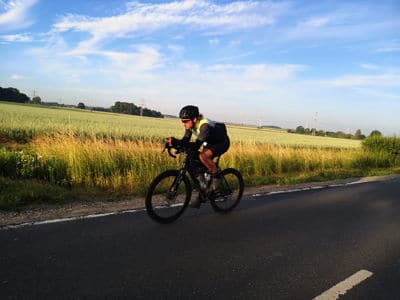
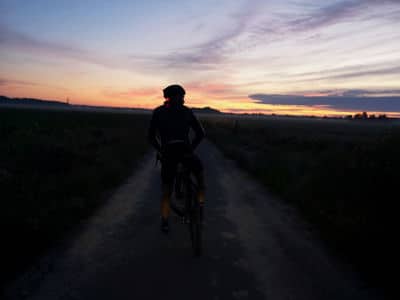

Route options
These are the route that first came in my mind:
Amsterdam > Berlin: dropped; no bikes allowed in Dutch trains
Berlin > Warsaw: dropped; too much rain on Saturday; had to be back on Monday morning, time restricted
Rostock > Nuremberg: dropped; two times train transfer, too much climbing in south
Flensburg >Frankfurt am Main: dropped; two big cities (Hamburg and Hannover) in between
Final route
Bad Bentheim > Frankfurt (Oder)
This route doesn’t cross a border, is pretty straight without any major cities, is pretty flat and – according to the weather forecast – give us a little windy push towards back home.
Nutrition
For a 24 hour nonstop ride your body needs energy. A lot of energy. To deplete glycogen stores, I did a short interval training in the morning three days before the challenge. The more your glycogen stores are depleted, the more carbohydrates can be stored. I ate a lot of whole grain products on the third and second day before the ride. One day before the ride, there was a lot of good fats, carbs and proteins on the plate – nothing special, just healthy food. I also drank a lot of water on the prior day of the start because I always forget drinking enough water while sitting on the bike.
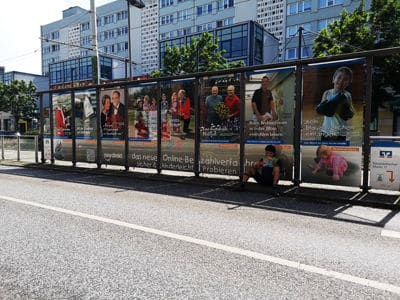


3. During the ride
How fast should I ride?
Sure, speed might be a very important parameter for a 24-hour challenge. It’s not the most important question though. The right question is: “How long can I ride?”. Don’t push to hard in the beginning. There is a long way to go. Try to ride as long as possible without any unnecessary stops. We started the challenge at 9 pm, riding straight into the night. On the next morning, we already had more than 200 km behind us, felt very good, not tired at all and ready to gain speed in daylight. We reached Hannover in the morning. At this time, we didn’t push too hard as we still had 400 km to go. Due to a bit of tailwind we cruised through the flatlands of Niedersachsen – pretty boring but well worth the effort to reach Poland as fast as possible. 400 km – we were 15 min behind the goal. With two ferries ahead of us, we knew, that it will be very tough to hit the 600 km goal in the given time of 24 hours. Unfortunately, the ferry-employees just took a break when we reached the river Elbe. This was a mental break. We had to wait for 45 min, hidden from the midday sun under a tree. When we finally got back on the bike we had 200 km to go and 6 hours left. This had most likely been the most brutal 6 hours in my entire life. I was suffering, I needed to stop for a toilet stop. But there was no time for another break. My legs hurt, there wasn’t any power left. But we continued and passed Berlin. So actually we were at home already. But for the purpose of this challenge, we had to pass Berlin and continued to Frankfurt (Oder). It started to rain a bit. Not much, but enough We hit the 600 km goal after 23h 57 min. Topnotch! What a great ride!
Mental Approach
Probably the most important question in ultra endurance cycling. Sooner or later, every long-distance cyclist has to fight his/ her inner demon. There are feelings coming up, whose existence you didn’t even know before. Highs and lows, probably much more intense than a usual Berlin techno boy/ girl experience during a good party weekend.
It’s not long ago, that I started crying while sitting on a bike for several hours – without any reasons. It’s just that emotional rollercoaster that, on the one side makes you feeling like the green Hulk, but on the other side it lets you questioning everything that you do live. Well, maybe not everything, but a lot. There is another post about mental training coming up soon. I will focus on highs and lows more deeply than.